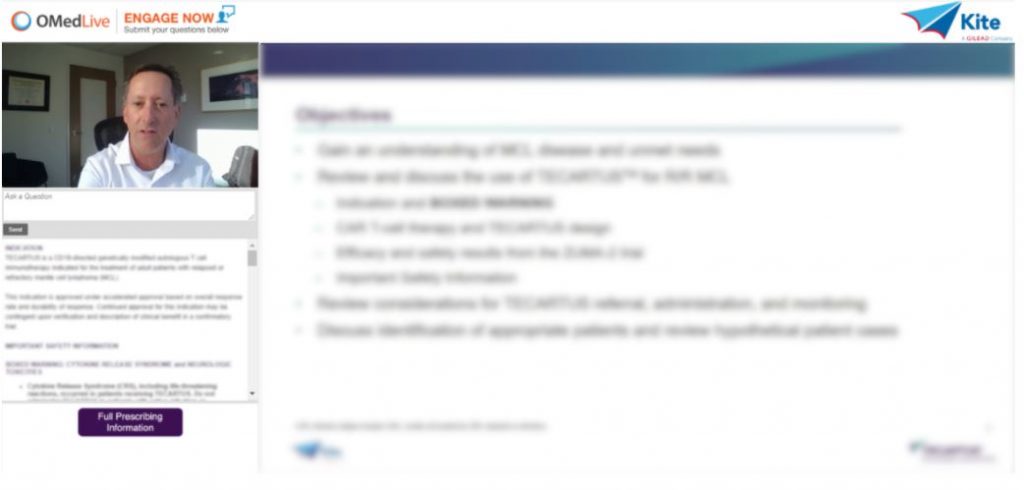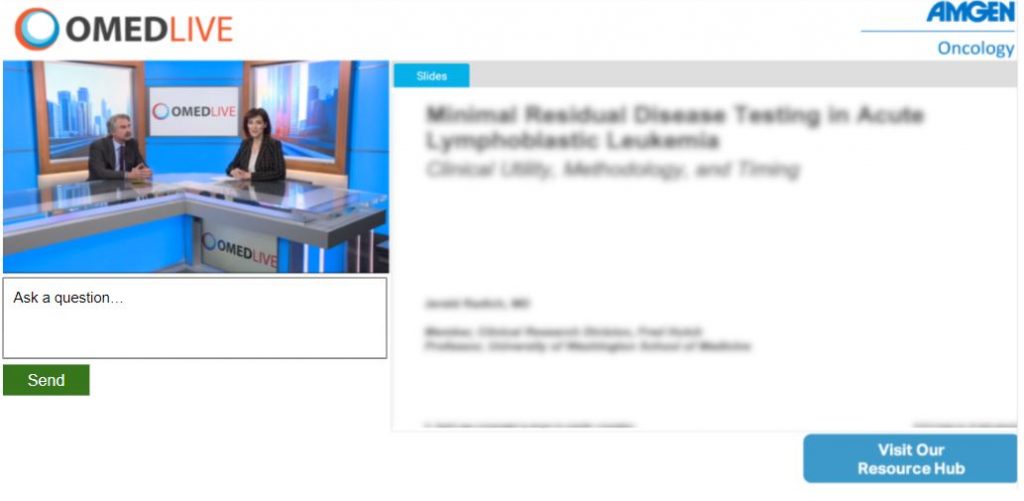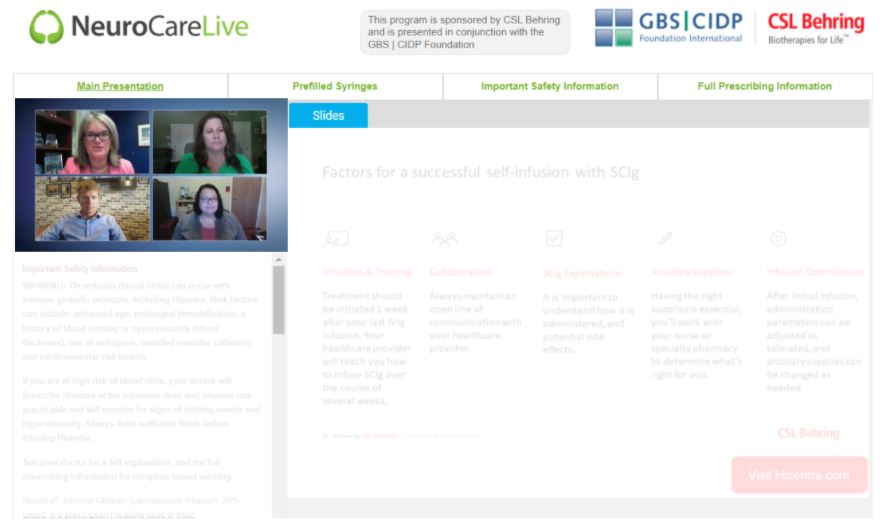A strong pharma product launch can help bolster a drug’s performance over its lifecycle. Most new drugs continue with the revenue trajectory achieved at launch. An analysis by the Deloitte Center for Health Solution found roughly 80 percent of products that met or exceeded initial expectations continued their success rate in subsequent years. That’s why educating physicians quickly in the early months of a product launch delivers a notable advantage, so they become comfortable with prescribing the treatment to their patients.
Connecting with the right clinicians and the right patients/caregivers, however, is a daunting proposition. Tighter regulations over interactions with healthcare professionals and patients mean pharmaceutical brand teams need to think beyond traditional in-person modes of outreach.
A strategic approach is needed to stand out from the crowd of roughly 50+ new medications being launched each year. It’s common knowledge that new pharmaceutical product launches have a high failure rate, and the reasons behind those figures are eye-opening. The Deloitte study found that limited market access, inadequate understanding of market needs, and poor product differentiation were factors that led to the 36 percent failure rate among new drug launches.
There are several elements that can help make your product stand out, including:
Creating impactful peer-to-peer healthcare provider (HCP) digital education programs. One of the most effective ways to educate the market is by creating an ongoing disease-state program as well as branded product education programs to help healthcare providers learn from principal investigators and other experts, both about the condition and about what makes your therapy unique. Hosting these unbranded and branded digital campaigns six to twelve months prior to and immediately post launch defines unmet needs in the current therapeutic landscape, outlines the need for new treatment options, and gives clinicians a meaningful forum for interacting with trusted peers, enabling you to:
- Maximize clinicians’ disease-aligned company awareness during the crucial months leading up to the product launch
- Bring together credible sources to drive clinician engagement pre-launch
- Produce stronger results with live and on-demand, interactive programs during the critical first few months of launch

Live Kite National Broadcast hosted for oncologists and hematologists, held four weeks following approval of a new indication.
Aligning digital channels to empower field force efforts. With growing HCP access issues and fewer in-person conferences and dinner programs taking place, aligning the field force with virtual education programs is especially important. Integrating marketing tools for sales reps can provide important value-add opportunities to connect with clinicians in conjunction with peer-to-peer, live and on-demand programs.
In addition to in-office, rep-enabled clinician live viewing during broadcasts, the field force can use targeted, personalized rep-triggered emails to invite clinicians to attend live educational sessions at product launch. This gives clinicians an opportunity to get timely product and clinical information and to have their questions answered immediately. This way, you can help clinicians learn to use the therapy correctly from the start, including knowing what to expect, how to dose it, and ways to manage side effects.

Amgen disease state education hosted on OMedLive prior to brand launch
Elevating your patient message with strategic advocacy partnerships and digital partners. One of the biggest challenges for pharmaceutical companies is to reach, engage, and educate diagnosed patients in context and in a credible way. Marketing and producing online programs in partnership with a trusted source such as an advocacy organization is a highly targeted and efficient way to engage directly with patients and caregivers. The content can be shared through therapy-focused online learning channels that clinicians, patients, and families already know and trust. Programs can be hosted and syndicated on-demand through advocacy organization sites and social networks to drive additional reach and engagement.
One recent example is a partnership between PlatformQ Health and a leading rare disease advocacy group focused on a rare neurological disease. Together, they produced an industry sponsored and MLR approved live and on-demand educational program featuring expert clinicians as well as a patient sharing firsthand experiences living with the neurological condition and using a new therapy. The advocacy group leveraged PlatformQ Health’s online rare disease learning channel, production, and digital marketing capabilities to reach and engage thousands of patients/caregivers in their community as well as other patients and caregivers outside their community on behalf of the industry brand team.

Patient education program hosted on NeuroCareLive highlighting new therapy option for patients with rare neurological condition
The learning channel offered the advocacy group a unique way to appropriately educate their community on important patient and caregiver issues while offering education on new therapy in a balanced and credible way. All content was vetted and approved through the industry sponsor’s medical, regulatory and legal review teams.
Provided to patients and caregivers at no cost, the pharmaceutical-sponsored program helped attendees learn about important disease management issues, advocacy support services, available therapies as well as the sponsor’s product. Close to 200 patients joined the live online, interactive session. Participants in the live broadcast watched for an average of 42 minutes and submitted 58 questions to the expert panel.
To further reach learners, PlatformQ Health transformed the 60-minute live program into shorter video vignettes and promoted these via email and other social channels for ongoing engagement on demand for the next 12 months. This drove an additional 2,600 patients to watch the full program, with an average session duration viewing time of 27 minutes of the 35-minute MLR approved on-demand program. In total, the program engaged 30,617 patients across all deployed digital campaign assets.
Leveraging interactive tools to keep learners engaged. There are many nuances to driving this level of interaction online, so working with an education partner who can demonstrate proven techniques for engaging clinicians and patients is crucial. For example, asking polling questions to patients during live and on-demand kept the audience engaged and offered valuable insights to the program sponsor.
Gathering metrics to gauge success. It’s instructive to look at objective metrics to determine whether the digital sessions are reaching the right type of clinicians and to assess how engaged they are with the content. This data can help you swiftly pivot messaging and campaigns as needed to maximize results.
Achieving a successful product launch is a challenge you can meet head on. Using a fully integrated digital strategy helps overcome the increasing obstacles to reaching the right audience in person, and offers a dynamic way to engage patients and providers at critical times prior to and during launch.
Explore the impact of patient education: Read our latest case study.

